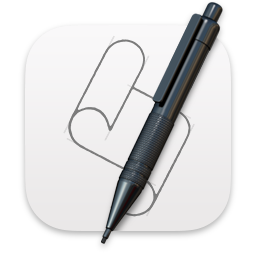The Apple Filing Protocol (AFP), formerly AppleTalk Filing Protocol, is a proprietary network protocol, and part of the Apple File Service (AFS), that offers file services for macOS and the classic Mac OS. In macOS, AFP is one of several file services supported, with others including Server Message Block (SMB), Network File System (NFS), File Transfer Protocol (FTP), and WebDAV. AFP currently supports Unicode file names, POSIX and access control list permissions, resource forks, named extended attributes, and advanced file locking. In Mac OS 9 and earlier, AFP was the primary protocol for file services.
Apple File System (APFS) is a proprietary file system for macOS High Sierra (10.13) and later, iOS 10.3 and later, tvOS 10.2 and later, and watchOS 3.2 and later, developed and deployed by Apple Inc. It aims to fix core problems of HFS+, APFS's predecessor on these operating systems. Apple File System is optimized for flash and solid-state drive storage, with a primary focus on encryption.

AppleScript is a scripting language created by Apple Inc. that facilitates automated control over scriptable Mac applications. First introduced in System 7, it is currently included in all versions of macOS as part of a package of system automation tools. The term "AppleScript" may refer to the language itself, to an individual script written in the language, or, informally, to the macOS Open Scripting Architecture that underlies the language.



